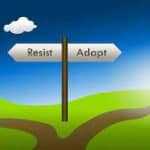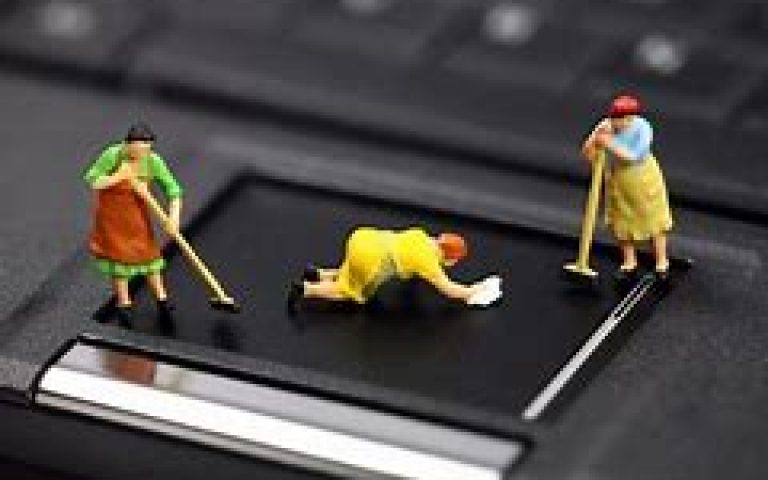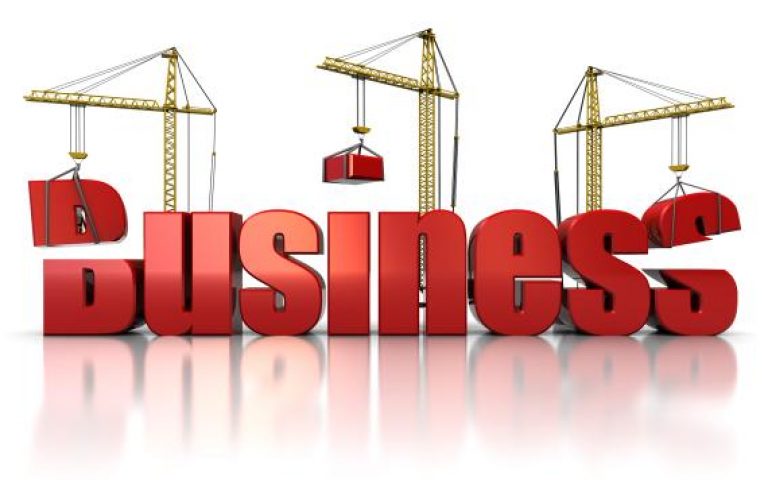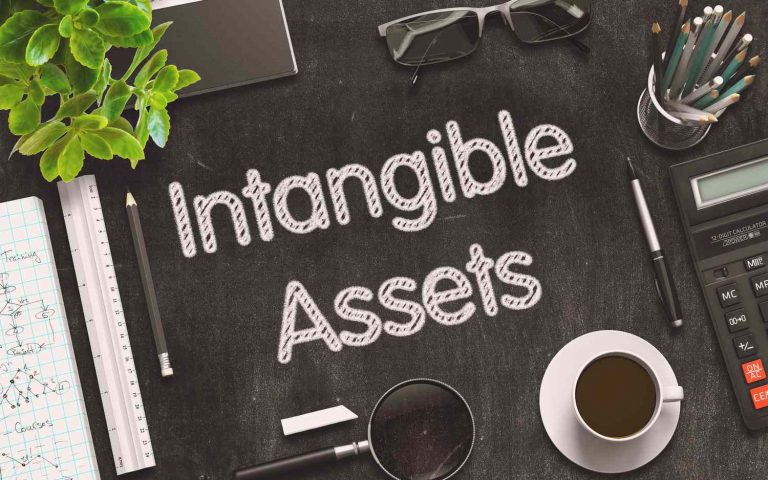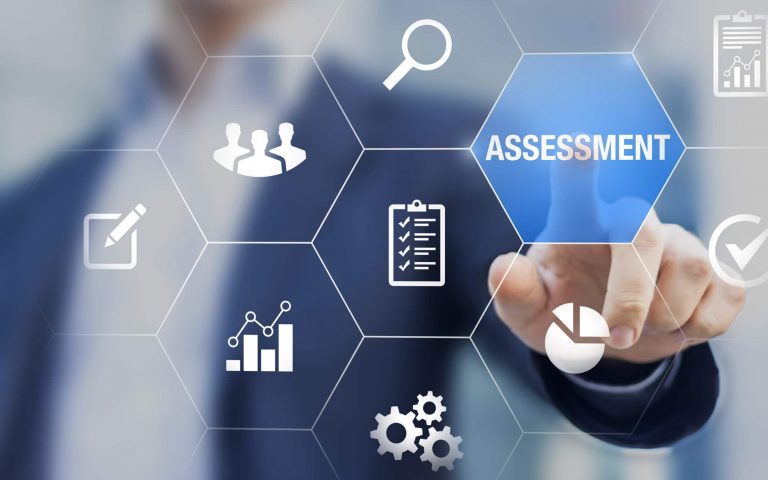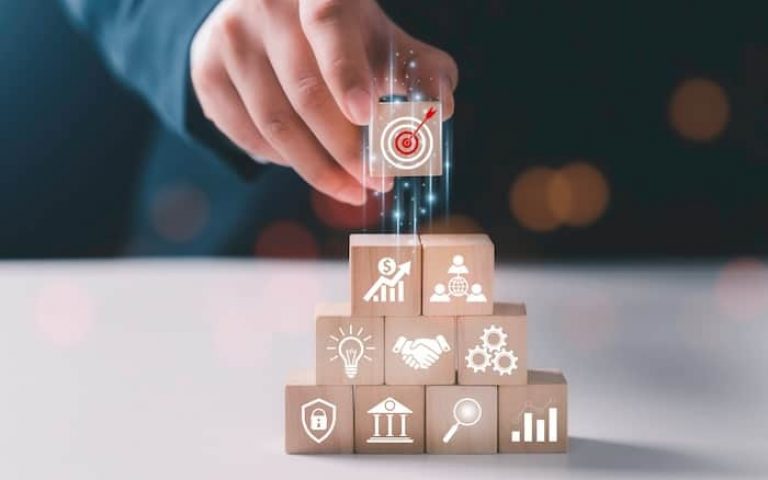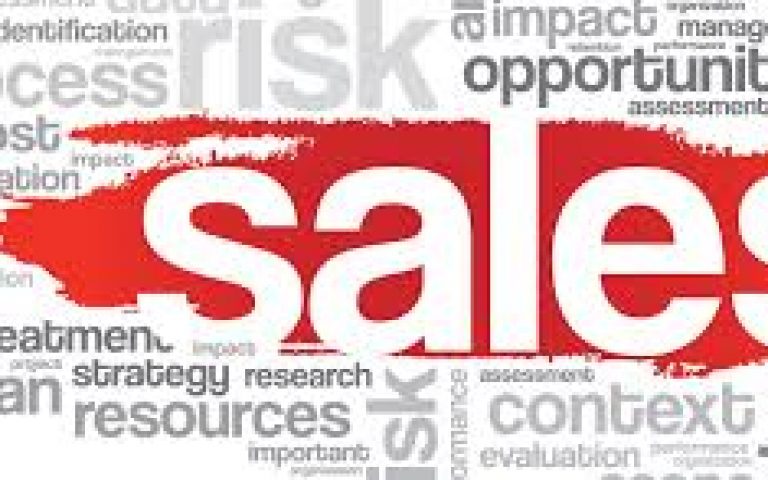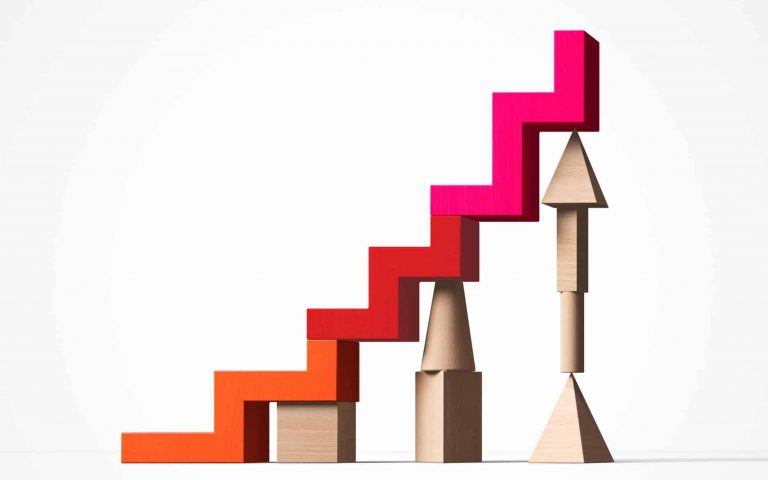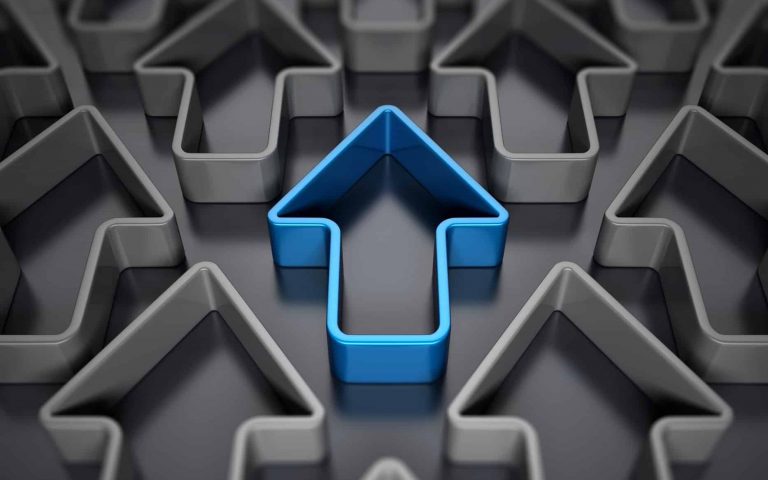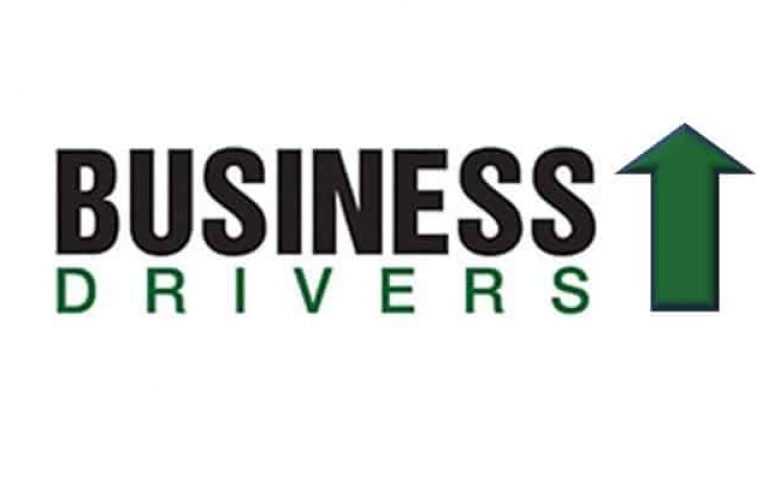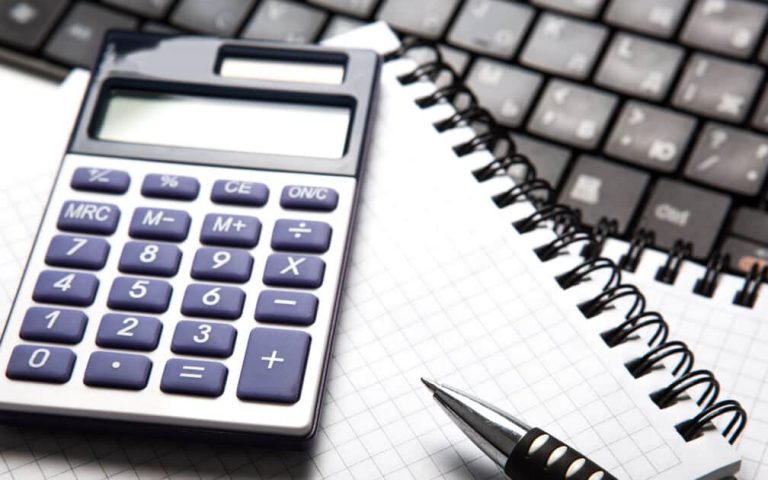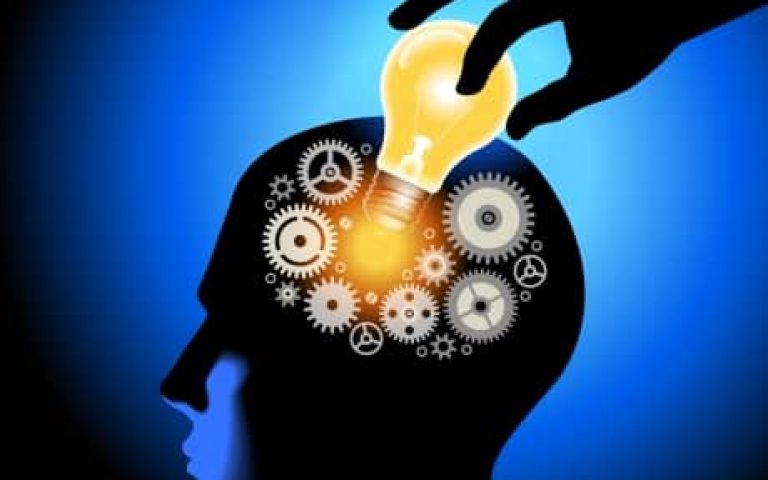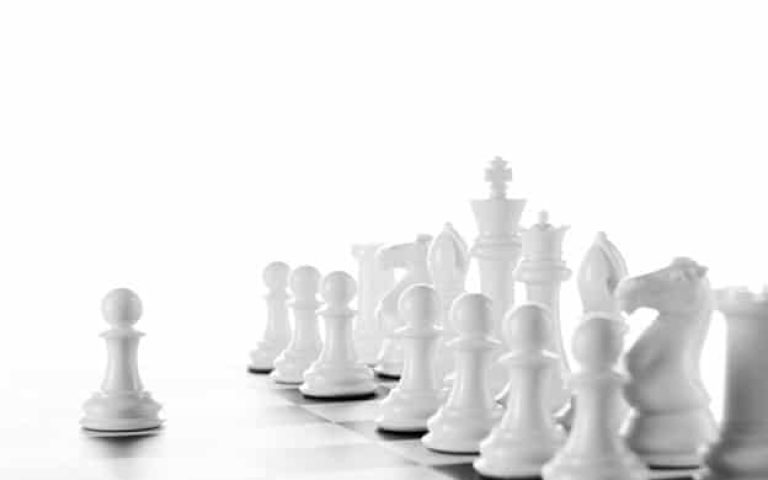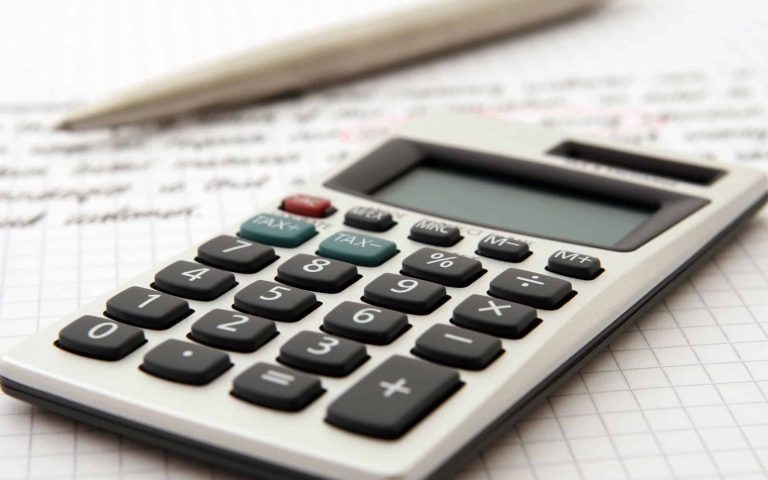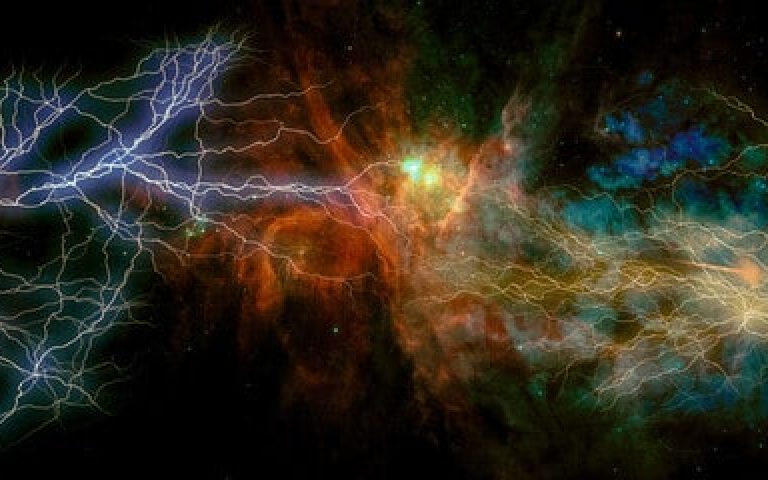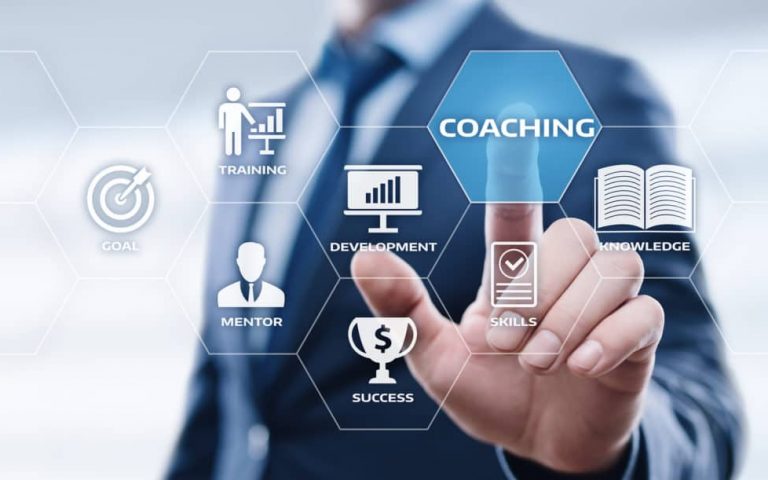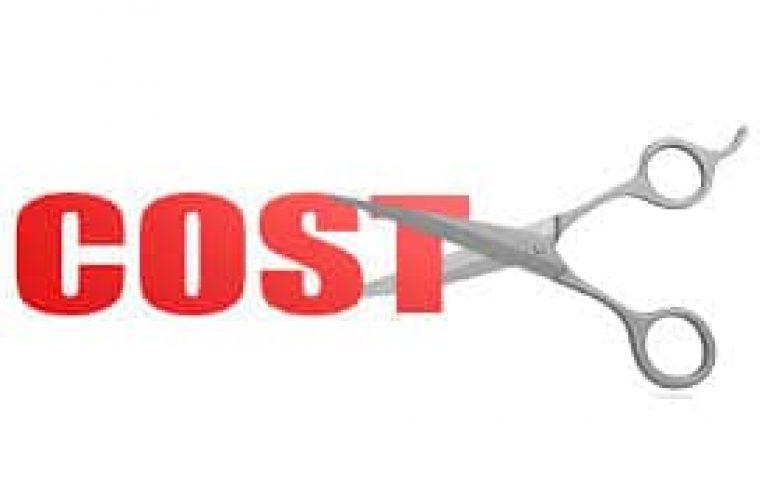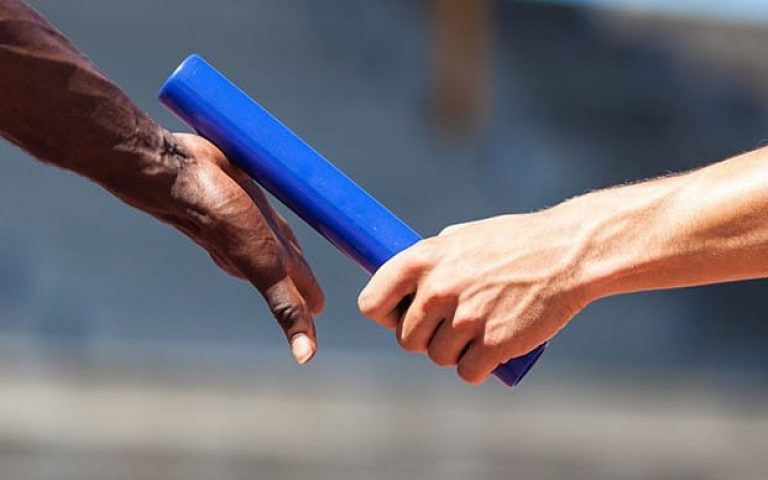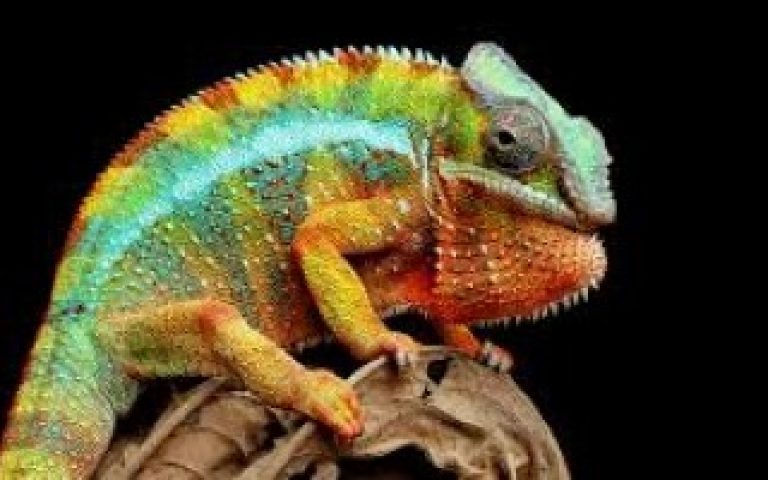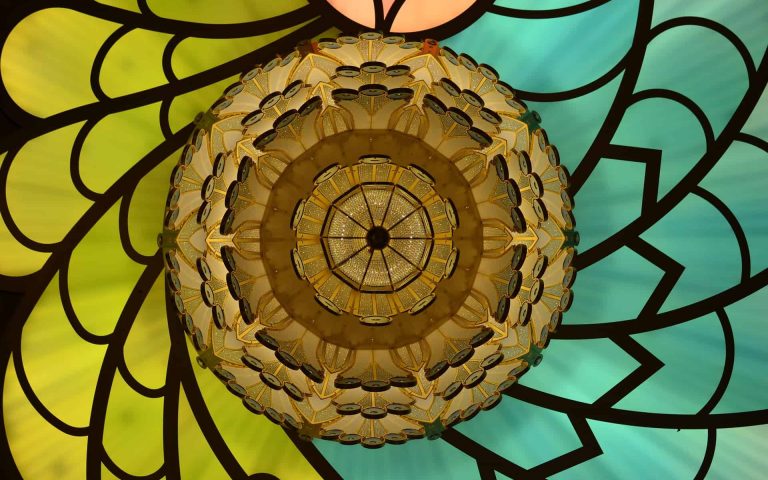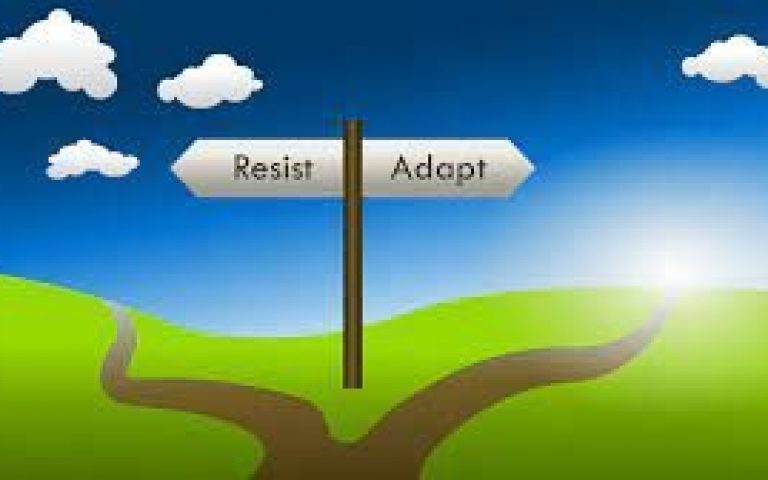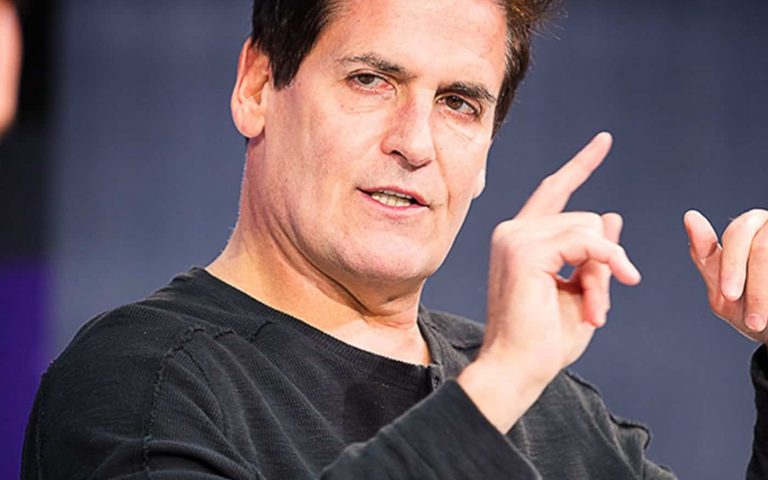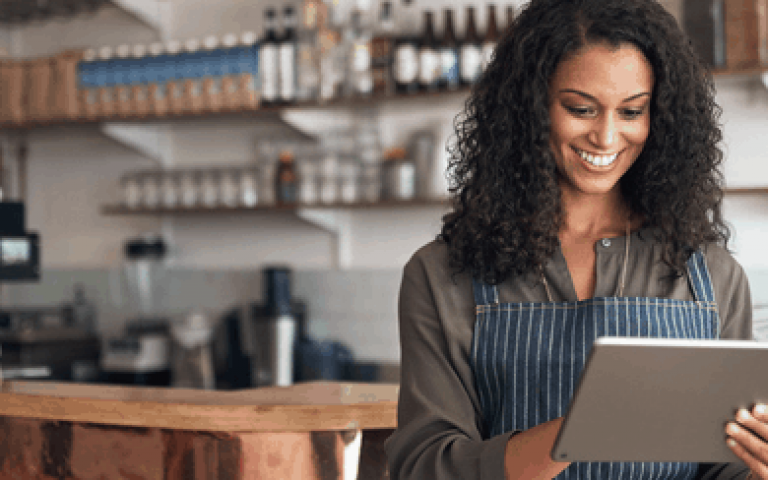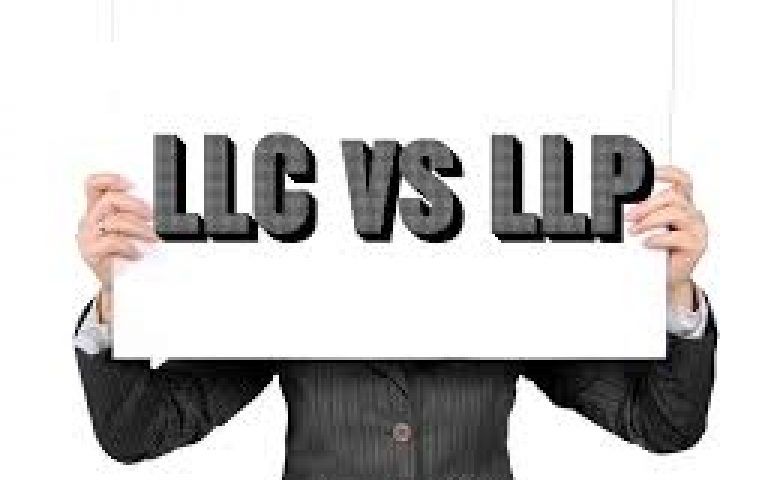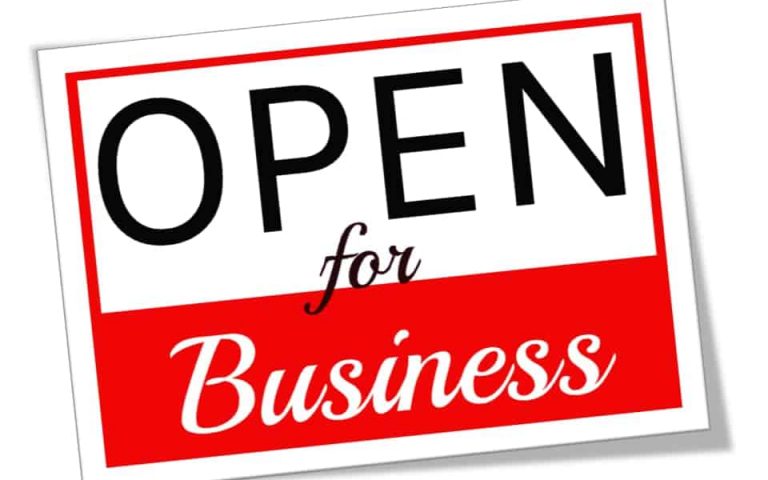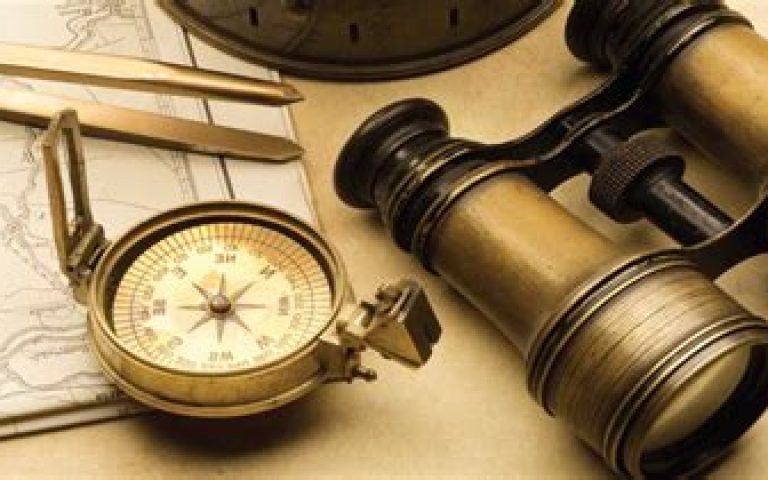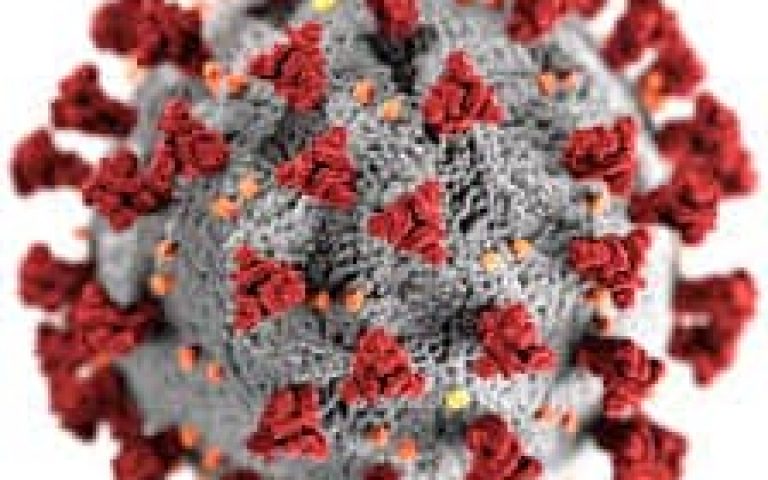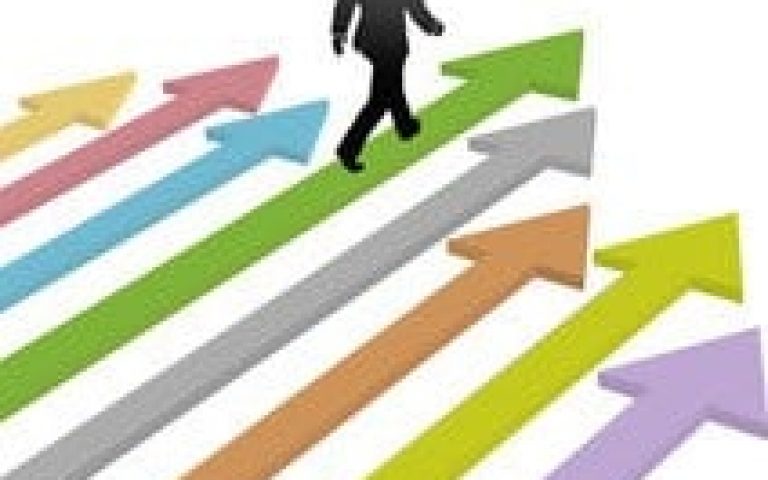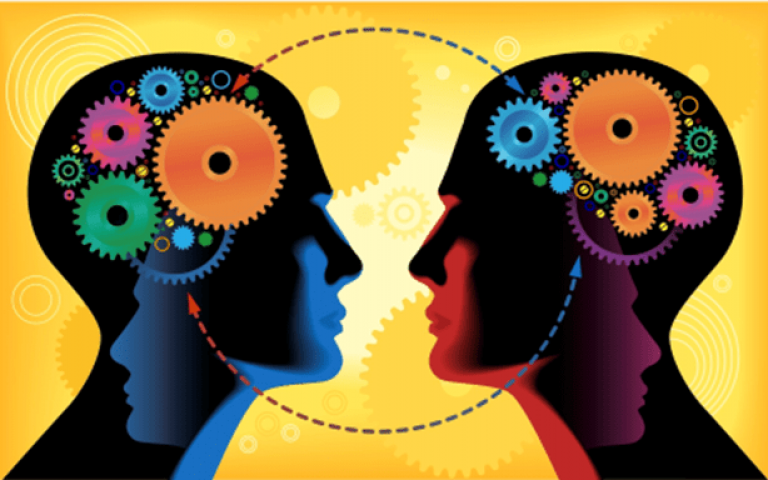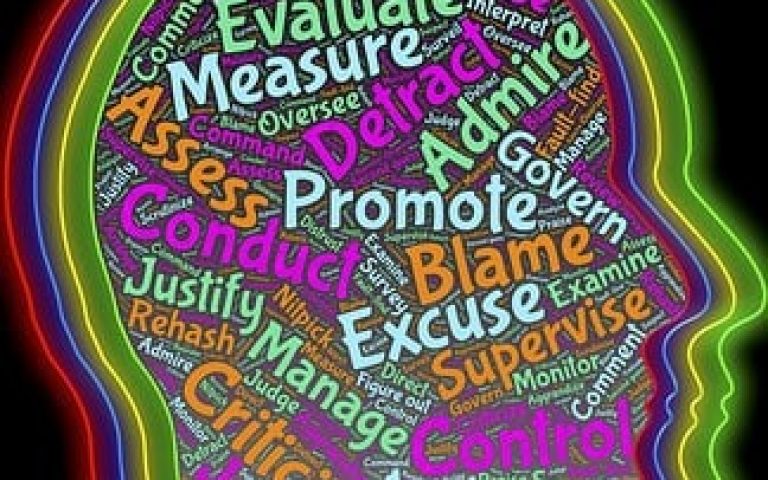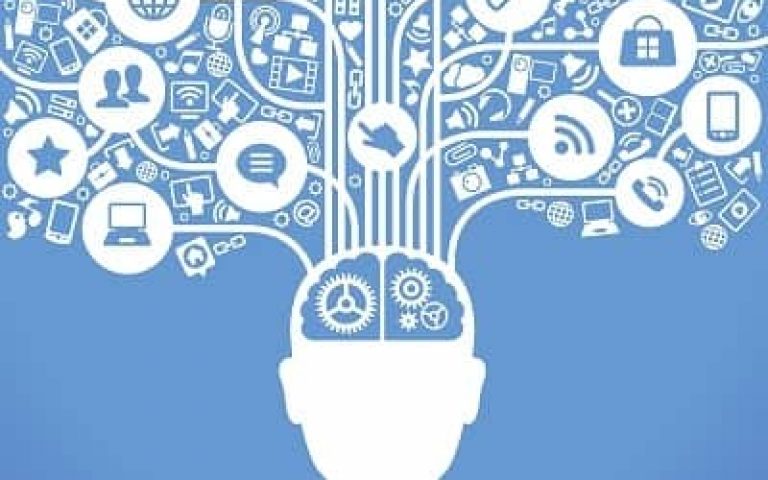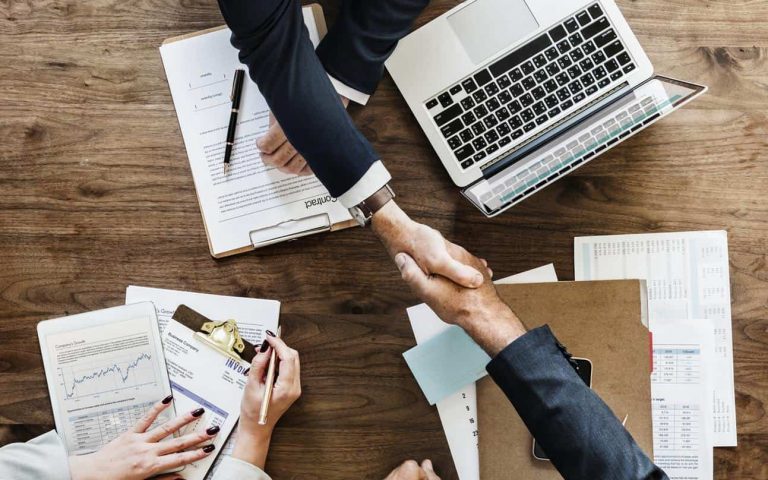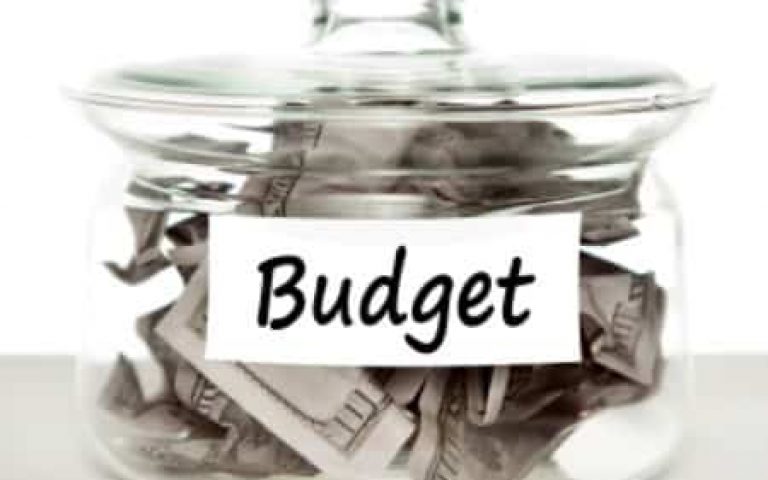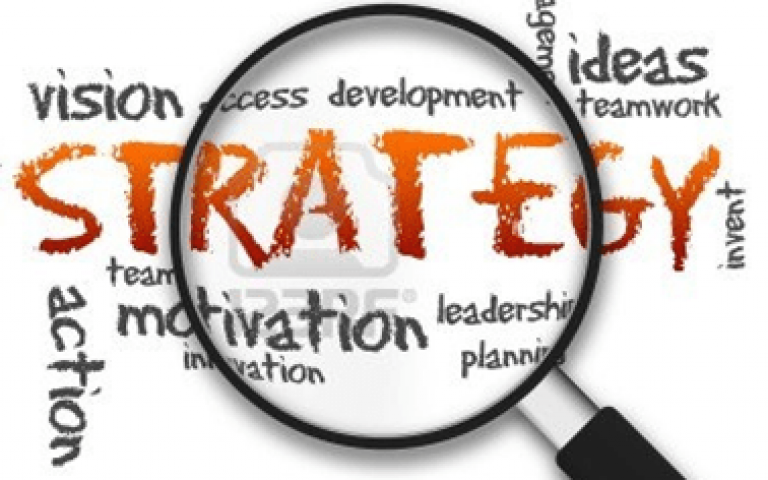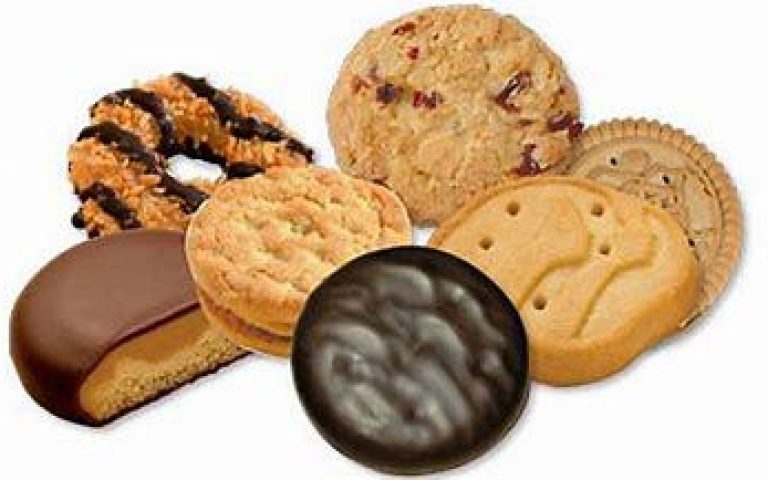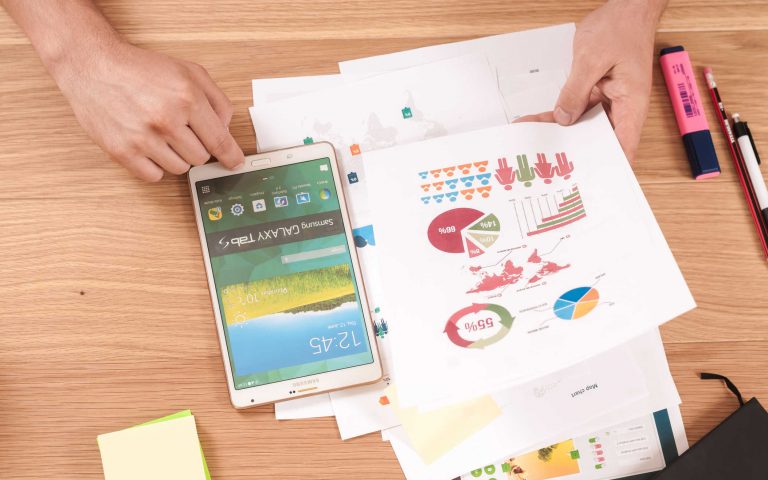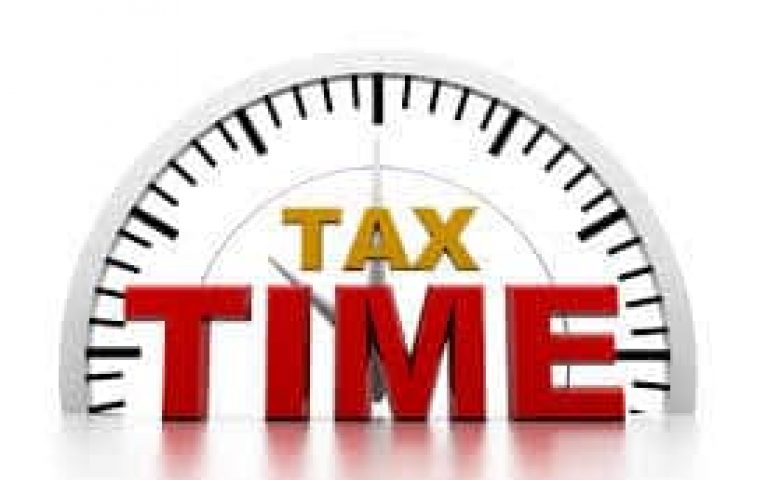What Are Impulse Buys?
We most commonly associate impulse buying in the traditional retail setting. Typically, impulse items are those small pieces of merchandise that crowd the retail sales check out area and aisle ways. They include candy bars, batteries, magazines, salty snacks, cold soda pops and other beverages, and other assorted items. These impulse items are clearly not the destination purchase that you customer intended to make when he/she visited your retail establishment.
Emotions are at the heart of impulse buying decisions. People rarely buy things for logical reasons. Customers buy things for the emotional reward that the purchase gives them. Only later, if ever, will they look for logical reasons to justify their purchase. For instance, many of us pay more attention to the advertisements for an item after we have already purchased said item. Most people buy for the emotional rewards and then look for the logical reason to justify their purchase.
Why Would My Customer Be Interested in An Impulse Item?
Quite simply, you won’t know if your customer would be interested until you present the options to them. Your customers will appreciate your desire to fulfill needs that they did not know they had. It is another opportunity to position your business as a valued problem solver to your customer.
What Are the Benefits Of Increasing Impulse Buys in My Retail Store?
- Most importantly, you can increase revenues and margins. Impulse items tend to have higher than normal margins.
- You can position your store as a purveyor of useful items that your customer did not know he needed.
- You can help save your customer time by offering the right combination of product and services to suit his requirements.
- You can improve your conversion rates.
- Impulse purchases can add up to 5% to 25% to average order size for a minimal incremental cost.
Some General Characteristics That Influence the Chance of a Product Being Bought as an Impulse Purchase:
* Low Price – This lowers the customer’s inhibitions against purchasing the item. “After all, that pack of breath mints only costs $0.89.”
* Marginal Needs – The customer has marginal needs for said impulse item. “After all, I can always use a pocket flashlight for emergencies.”
* Mass Distribution – The products are readily available for purchase, so the customer does not have to expend energy searching for said item…Self Service – The customer can get the product himself without asking for assistance from store personnel.
* Mass Advertising – The products are well-advertised and the consumer knows the appeal of the product. Therefore, little if any ‘selling’ is required by store personnel.
* Prominent Store Display – Don’t underestimate the power of a well-crafted product display.
* Short Product Life – The item is a readily consumable. Beverages, candies, and salt snacks are perfect examples.
* Small Size or Weight – The item is small enough that a woman can stow in her purse or a man can put it in his pants pocket without much thought.
What Type of Customers Should I Encourage to Impulse Buy?
When you really think about it, any customer would potentially be interested in impulse buys. Although we typically associate impulse buys with the retail setting, in particular, the area surrounding the checkout line, the concept of impulse buys can be spread to different types of customers and buying situations.
***
TITAN Business Development Group, LLC
coaching | consulting | results
www.TitanBDG.com



